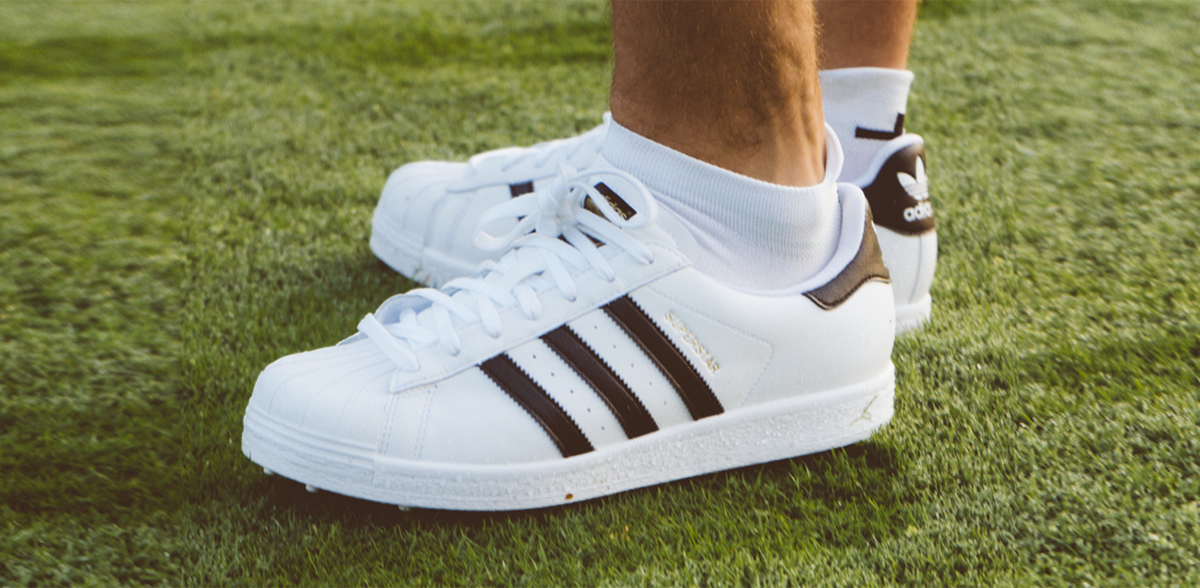Cart (0)
You qualify for a free gift!
Your cart is currently empty.
Subtotal:
£0.00
adidas Superstar Golf Shoe
For sneaker lovers all over the world...

Hero Label

















